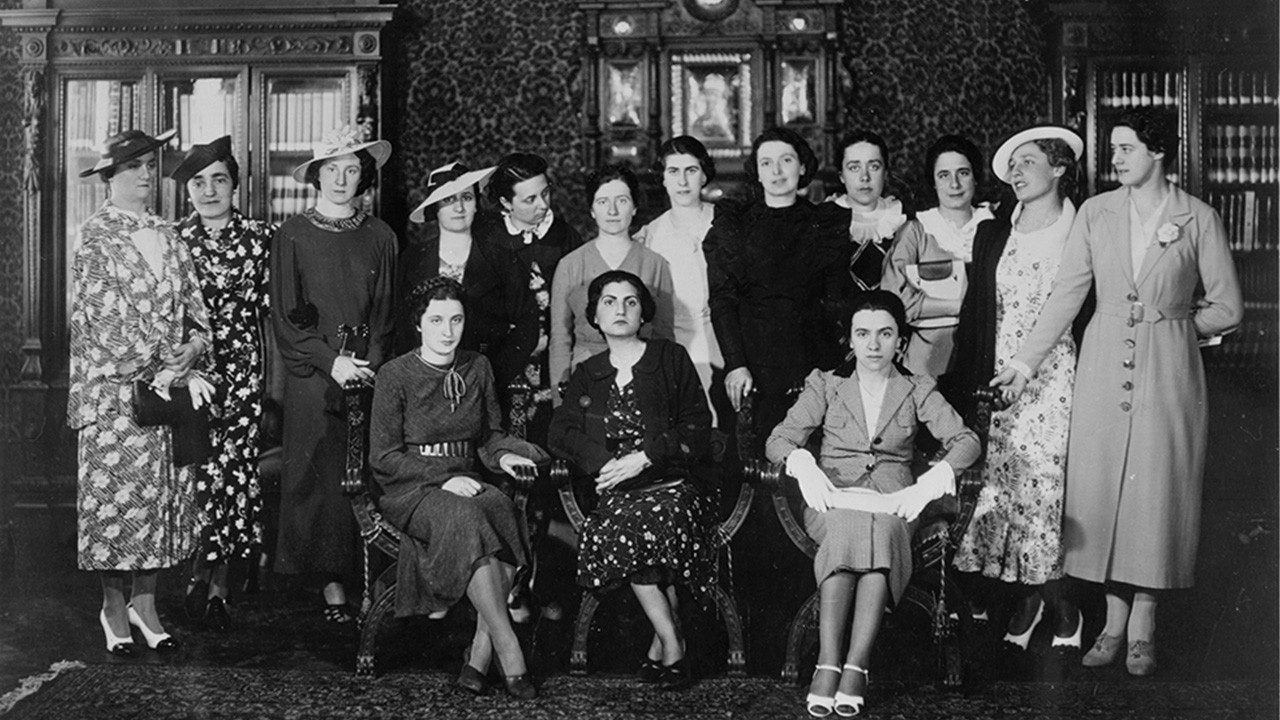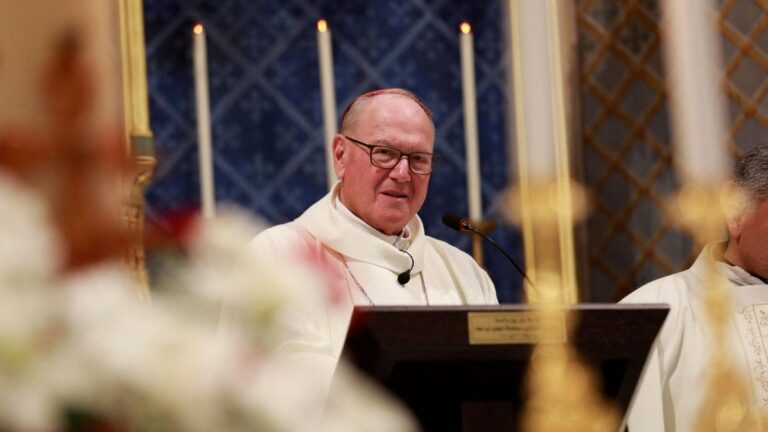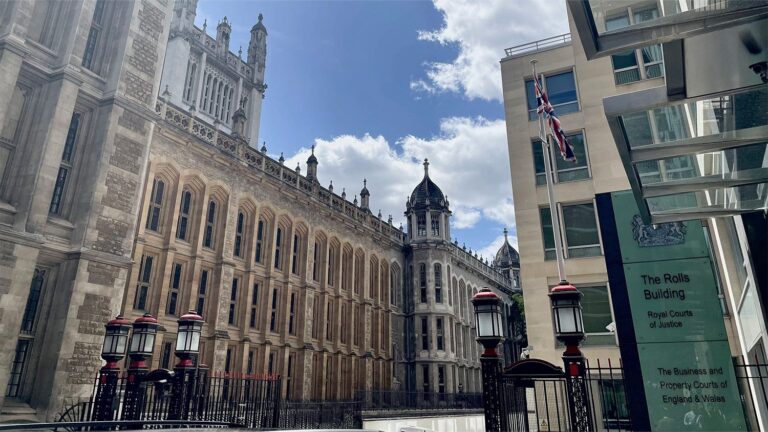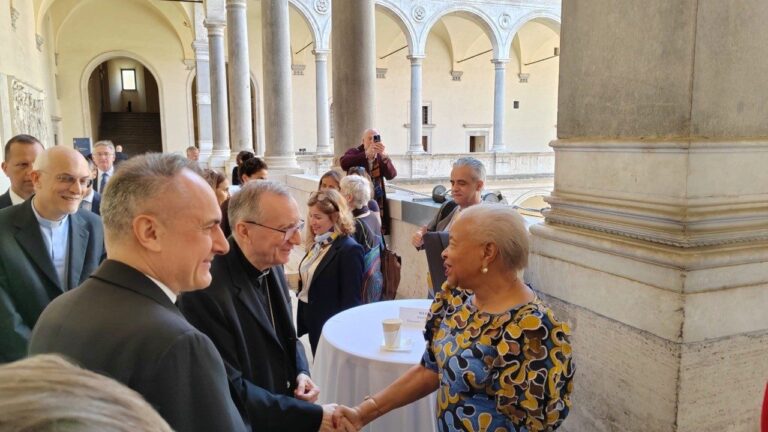Vatican: 95th anniversary of first female academic employees
In 1929, the Vatican Apostolic Library employed a group of young women with doctorates, marking a first for the Vatican City State. Their experiences were positive, but the project ended twelve years later due to World War II. Today, more than 50 percent of the Vatican Library's staff are women, many of whom hold leadership positions.
By Gudrun Sailer
It all started with a trip to America in 1927.
For almost three months, Eugène Tisserant visited the most important libraries in the United States. Not to read, even if it tempted him a lot.
The French priest and orientalist, scholar (“Scriptor”) at the Vatican Apostolic Library, with a keen interest in innovation, sought to examine the significant changes in library practices that had taken hold in South America. North.
Tisserant returned with a plan to align the venerable Vatican Apostolic Library with user-centered principles: a catalog, a reference service, a streamlined ordering process, well-organized storage and a spacious reading room.
This included a secure repository for rare books and manuscripts, with access for academics as before – and much more. Tisserant aimed to make the Vatican more user-friendly, bringing it into the modern era of libraries.
Women librarians: avant-garde in the United States
Another observation made by this highly educated priest in American libraries was the presence of women.
Educated women working as librarians. This was unheard of in the Vatican.
However, 1929 was a year of innovation at the Vatican.
The Lateran Treaties guaranteed Italy's territorial independence to the pope, sparking a building boom and an influx of innovation not seen in the Vatican since the Renaissance.
Innovations which entirely corresponded to the tastes of the learned Pope Pius XI; Achille Ratti himself had been prefect of the Vatican Library in his youth.
Now he said “yes” to all the changes and “yes” to the first “signorina“ – or “young girls” as they were called – in its library being modernized. The first female academic to appear at the Vatican was the French medievalist Jeanne Odier in October 1929.
Raffaella Vincenti, the first female secretary of the Vatican Library, in office since 2012, summed up the experience thus: “In total, there were 24 women. They were hired over the years and worked on the catalog of manuscripts. »
“We know that most of them obtained their degrees at the University of Rome, La Sapienza, and some also at the Vatican School of Library Science, which Pope Pius XI opened in 1934, in fact also following Eugène Tisserant's trip to the United States. “
Help from an American foundation
The sponsor also came from the United States, the same one that had been instrumental in financing Tisserant's trip abroad.
The Carnegie Endowment for International Peace think tank, founded in 1910 by steel magnate Andrew Carnegie, helped rebuild Europe after the First World War.
“The foundation specifically supported cultural activities, because they were considered essential for reconstruction,” explains Raffaella Vincenti.
The Americans saw particular potential in the modernization of the Vatican and its influence on the European scientific world.
The fact that women librarians are no longer rare in the United States may partly explain why American foundation funds now benefit qualified women in the papal library for the first time.
They had the education and did a solid job.
“They were chosen because they were experts in the field of manuscripts and paleography,” underlines Raffaella Vincenti.
“The task of these women was to describe and catalog the manuscripts.
Additionally, they created a set of rules to ensure recording consistency. »
It was demanding library work. After all, the bibliographic exploration of the world's largest collection of manuscripts was in the hands of these women.
The workers of fascist Italy
In surrounding Italy, women academics made their way into the professional world hesitantly.
Most women with doctorates in the humanities have become teachers; In the fascist years of the 1920s and 1930s, it was rare for a woman to achieve a career as a university professor.
Although fascism promoted a conservative view of women – Mussolini spoke of the working woman and the machine as the two greatest threats to Italian men in a notorious 1934 pamphlet – the idea gradually took hold in the families according to which a girl with a university degree would be better off if she remained single.
Thus, the number of female students at universities during fascism increased rapidly, both in absolute and relative terms.
And here and there, a woman with a doctorate in chemistry might find a position in an antiquities department, in an archive or in a library.
Therefore, women academics in the neighboring Vatican constituted an innovation but not a revolution – in the established ecclesiastical way.
A new generation of women serving the Church
The two dozen”signorina” at the Vatican Library were not given permanent positions; they worked on an hourly basis.
Nor were they “the first women of the Vatican”: according to everything that the Vatican archives suggest, this primacy belonged to the seamstress Anna Pezzoli in 1915, and we also know that Vatican nuns managed the workshop of restoration of museum carpets. since the 1920s.
However, Jeanne Odier and her colleagues were the first women academics in the Papal State. They represented a new generation of women serving the Church and their example quickly gained ground.
Five years later, the German-Jewish archaeologist Hermine Speier began her service as a photolibrarian at the Vatican Museums, also at first only as a “permanent independent employee” despite all her qualifications. Unlike her library colleagues, Hermine Speier stayed long enough to obtain a permanent, pensionable position at the Vatican, probably becoming the first woman to obtain this position in 1964.
The era of the first female academics at the Vatican ended in 1941. Already in 1939, with the transition from Pius XI to Pius XII, a change was evident.
Regardless, Italy and Germany's declaration of war against the United States in 1941 played a role, according to Raffaella Vincenti.
Communication broke down and the priorities of the Vatican as well as the American foundation changed.
Today, the Vatican Library has nearly 100 employees, “more than half of whom are women, and most of our departments are headed by women,” says Ms. Vincenti.
Archivist and librarian of the Holy Roman Church, prefect and vice-prefect are men, but the departments of manuscripts, printed matter, restoration, reproductions, IT, as well as the secretariat, where all the threads converge, are in the hands of women.
“This is certainly due to the fact that women are more represented in the human sciences, which reflects an objective situation,” believes Ms. Vincenti.
The appointment of the first female academics at the Vatican, as part of the modernization of the library, 95 years ago was only the beginning.






